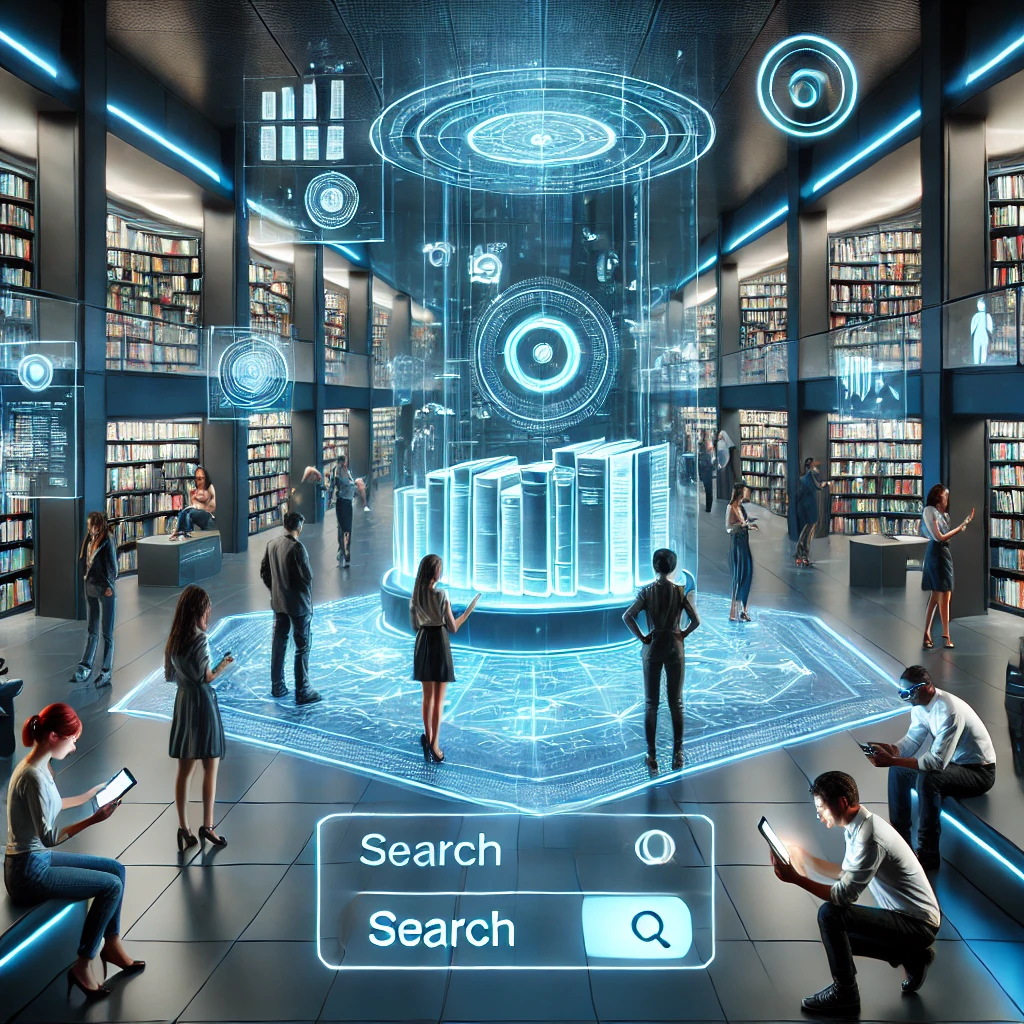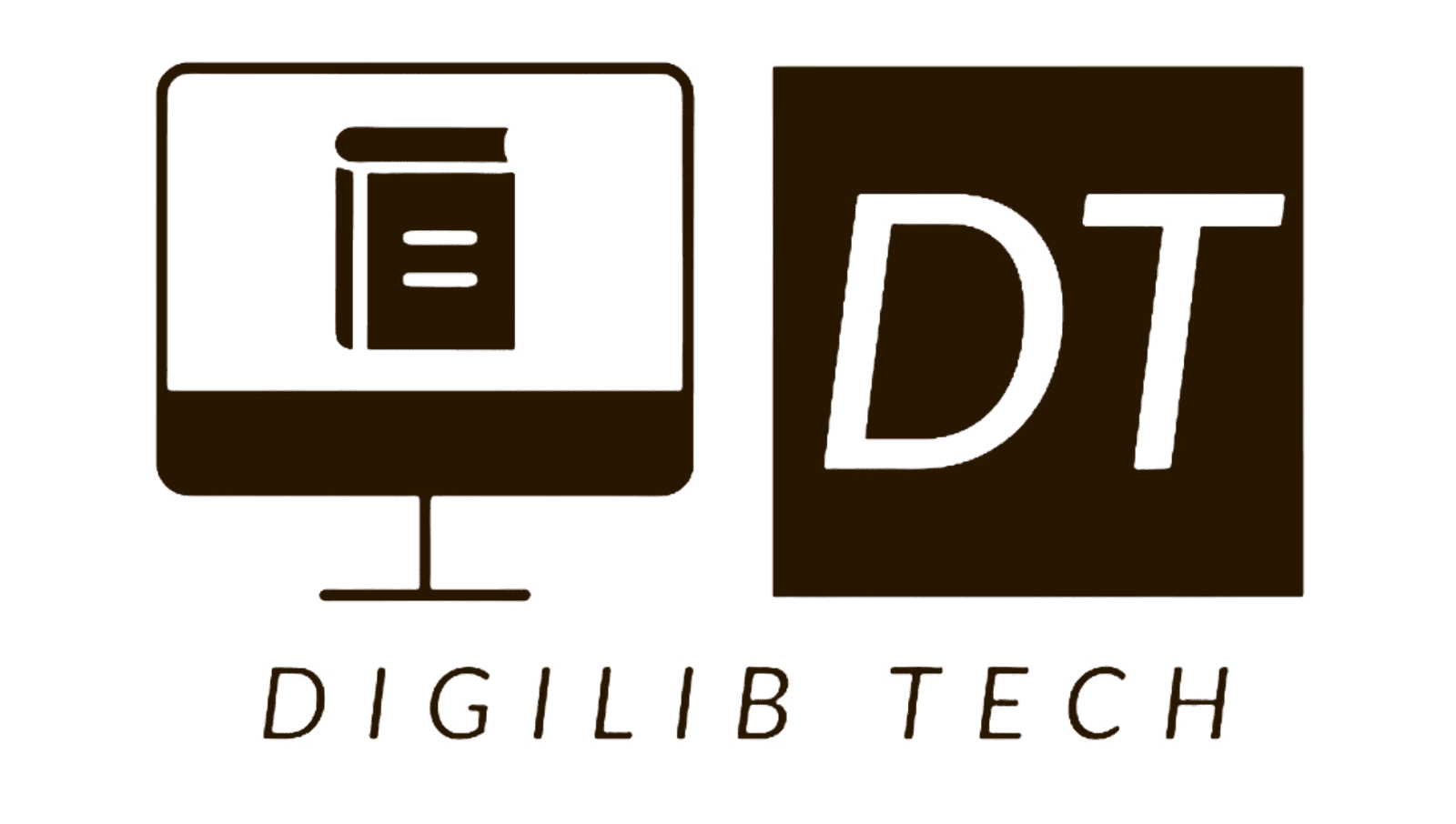Digital Library The decline in traditional library visits indicates a growing preference for digital access to information.
Many large libraries, universities, and businesses have embraced digital libraries to provide seamless access to books, research papers, and multimedia content.
Even tech giants like Google are supporting digitization through initiatives like the Library Project. As a result, digital libraries have become a vital part of education, corporate training, and knowledge management.

Key Benefits of Digital Libraries
1. Unlimited Access to a Vast Collection of Content
Traditional libraries face space constraints, limiting their collection size. Digital libraries, however, offer an extensive range of resources, including eBooks, articles, research papers, podcasts, and videos, all accessible from a centralized platform.
2. Up-to-Date and Latest Publications
Many small libraries struggle to keep their collections current due to financial constraints. Digital libraries solve this issue by enabling access to the latest editions of books, journals, and magazines through subscription or pay-per-read models.
3. On-Demand Access Anytime, Anywhere
Unlike conventional libraries, digital libraries allow users to access materials from any device, including smartphones, tablets, and computers. This flexibility caters to modern readers who prefer consuming content on the go.
4. Effortless Search and Quick Retrieval
Finding books in a physical library can be time-consuming. Digital libraries simplify this process with advanced search tools, enabling users to locate resources instantly using keywords or filters.
5. 24/7 Availability Without Time Constraints
Traditional libraries operate within set hours, limiting access to resources. Digital libraries, on the other hand, provide round-the-clock access, making it easier for users to learn at their own pace and convenience.
6. Simultaneous Multi-User Access
Unlike physical books, which can only be borrowed by one person at a time, digital libraries allow multiple users to access the same book or resource simultaneously, improving learning and research efficiency.
7. Automation of Library Management
Digital libraries streamline library management with automation features like indexing, tracking, and issuing. Advanced library management systems reduce the workload for librarians while ensuring efficient operations.
8. Interactive and Real-Time Engagement
Modern digital libraries integrate features like discussion forums and live chat support, allowing users to interact with administrators, peers, and educators for enhanced learning experiences.
9. Prevention of Material Deterioration
Printed books, tapes, and physical media degrade over time. Digital libraries preserve valuable knowledge without worrying about wear and tear, ensuring long-term accessibility.
10. Future-Proof Knowledge Preservation
Conventional storage methods, such as CDs and DVDs, are prone to damage and obsolescence. Digital libraries store data securely in the cloud, safeguarding valuable research and educational materials for future generations.
11. Cost-Effective Learning Solution
Maintaining physical libraries involves high costs for books, infrastructure, and staff. Digital libraries reduce expenses by eliminating storage, logistics, and maintenance costs while offering affordable access to quality content.
12. Eco-Friendly and Sustainable
By minimizing reliance on printed books, digital libraries contribute to environmental sustainability, reducing deforestation and paper waste.
13. Support for Remote Learning
With the rise of online education, digital libraries enable students and educators to access learning materials regardless of location, bridging gaps in educational accessibility.
14. Collaborative Learning Tools
Many digital libraries integrate tools for sharing notes, highlighting content, and engaging in discussions, fostering collaborative learning among students, researchers, and professionals.
15. Personalized Learning Experience
AI-powered recommendations suggest relevant reading materials based on users’ interests, enhancing the learning journey with tailored content suggestions.
16. Secure Data Backup and Protection
Unlike physical books that can be lost or stolen, digital libraries store resources securely in the cloud, with encrypted access ensuring data safety.
17. Diverse and Interdisciplinary Resources
From science to business, digital libraries offer resources across various disciplines, eliminating the need for multiple library memberships or visits.
18. Encouraging Lifelong Learning
Digital libraries empower professionals, entrepreneurs, and students to stay updated with industry trends and research, making continuous education more accessible.
19. Community-Based Learning and Engagement
Online libraries facilitate community engagement by providing shared knowledge spaces where students, educators, and professionals can collaborate and contribute to discussions.
In today’s knowledge-driven world, organizations, educational institutions, and businesses must embrace digital libraries to stay relevant.
A well-implemented digital library enhances learning, preserves knowledge, and ensures accessibility for all.
Investing in the right digital library solution can provide a significant competitive advantage in education and corporate training.
